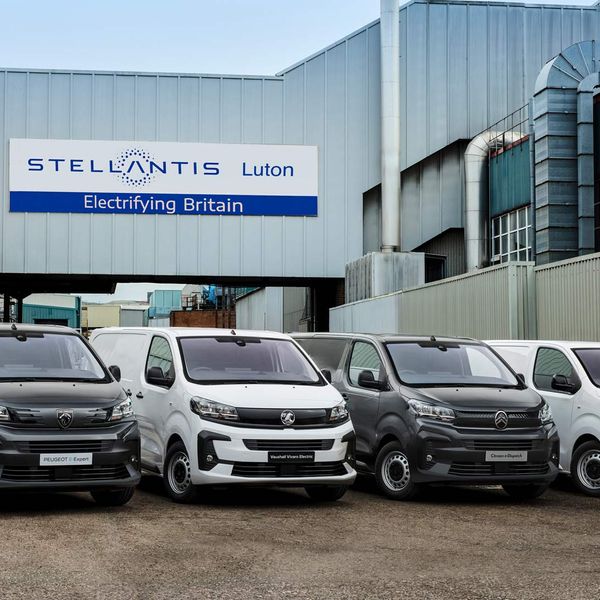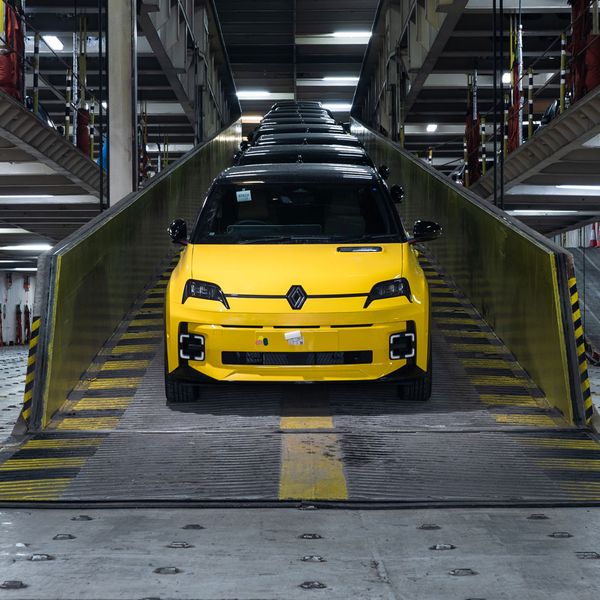It’s easy to keep your cool in an electric car and they have plenty of other features which can help make your summer more fun. But you’ll need to make sure your battery is protected too. These are our top tips for surviving summer in your electric car.
1. Precondition your interior
One of our favourite features of electric cars is the ability to heat the inside when the weather is chilly. It not only means you can throw away your de-icer and get into a nice warm seat when it is cold outside, but if you leave the car plugged in it also means you save the energy in your battery for driving rather than heating. But not many people realise it will work the other way too, and you’ll be able to cool the interior if it is too hot.
Either using the app or the car’s built-in timer, simply set the system to the temperature you require. You may need to suggest your departure time too, so the car can work out how long it will take.
The added advantage of this is that most electric cars will also precondition the battery at the same time to ensure it is at the optimum temperature for efficiency. Which brings us neatly to point 2…
![]() Use your car's app to set the air con running while it is still plugged into the mains
Use your car's app to set the air con running while it is still plugged into the mains 2. Look after your battery
The most important part of your electric car is the bit you can’t see. Like all of us, battery packs do their best work when they’re not too hot, and not too cold. And while the temperate climate in the UK is usually perfect for them, extreme heat is going to hurt the delicate chemistry of the cells.
It is possible to get to these damaging temperatures even in the UK if you are driving quickly in hot weather – such as at motorway speeds – and then charging, especially on a rapid DC point.
For most electric cars this is less of an issue, as they have conditioning systems which will automatically sense the battery temperature and cool it down. Some cars however – notably the Nissan Leaf – do not have liquid cooling as so are not able to condition the cells.
If the battery temperature gauge on the instrument panel starts edging towards the red, the car will try to protect the battery by slowing down the charge rate or limiting performance. That could mean you are waiting a long time for your top up and won’t be able to drive quickly once you have it, so if possible try and reschedule your longer drives to times when it is cooler.
Even if your car does have a cooling system, it will need power to run it. If your battery is low on charge, this could be an issue. Also bear in mind that batteries don’t like being left in very low or very high states of charge for long periods. So if you are setting off on a summer-long trip, try to leave somewhere between 20 and 80% on the meter.
![]() A temperature gauge in the middle makes for a happy battery
A temperature gauge in the middle makes for a happy battery 3. Be heat smart
With electric cars, the batteries and motors are so efficient that they don’t generate a lot of heat. This means it is easier to keep an electric car cool inside in hot weather, as there is no high-temperature exhaust under the car or a big lump of metal burning stuff by your feet like there is in a petrol car.
But the air con still uses power, so make the best use of the energy by setting the interior to a comfortable temperature and then letting the car do the work. If your usual climate control setting is 20oC, then leave it there and the let the ventilation system get the interior to that temperature. Setting the dial to ‘LO’ won’t get you to the ideal temperature any faster. Unless you are desperate for the battery range, switch out of ECO mode too so you are given the maximum power of the air con system.
If the interior is very hot and you are able to drive at a reasonable speed as soon as you set off, rolling down the windows will help get the temperature to a more bearable level, but you should raise them as soon as possible to let the aircon work its magic. Once you get to a certain speed, the AC is likely to be more energy efficient than the drag caused by opening the windows.
![]() Switch out of ECO mode to get the maximum power of the air con
Switch out of ECO mode to get the maximum power of the air con 4. Don’t get let down by your tyres
In warm weather the air in your tyres expands and the pressure reading will be higher. This will increase further as the rubber moves and flexes over hot Tarmac, and any faults in the tyre will become the weak link in a chain.
So invest in a decent gauge and check the pressures. The recommended figures will be on a little sticker in the car, usually around the driver’s door frame or inside the charging flap. If all else fails – ask the internet or have a look in the manual.
If the worst does happen and you are stranded with a puncture, make sure you are prepared with enough water to last you and your passengers a couple of hours and some way of sheltering from the sun. Those foil blankets you see being used at the end of marathons and by rescuers take up little room and are good for sun, rain and cold.
![]() Be prepared for a breakdown in hot weather
Be prepared for a breakdown in hot weather 5. Use the gadgets
Electric cars have some great gadgets to help you get through the summer even when you are not driving. Our favourite is the Dog Mode fitted to Teslas, which allows you to keep the air conditioning running while you are away from the car to keep your furry friends happy. The cleverest part is a message shown on the central display to reassure any concerned passers-by that your pet is happy.
Teslas also have a ‘Camp Mode’ which allows you to run some of the systems overnight if you are sleeping in the car. Other brands, such as Hyundai, Kia and MG also have ‘Vehicle To Load’ systems which let you run mains electrical appliances from the car’s main battery. That could be perfect to keep a fridge on a campsite or even keep the bouncy castle inflated at the local village fete.
If power cuts do occur due to extreme weather, these systems could also mean energy stored in the car’s battery could be used to power essential household appliances such as a fridge freezer.
![]() Teslas have a special mode to keep your dog cool
Teslas have a special mode to keep your dog cool  Use your car's app to set the air con running while it is still plugged into the mains
Use your car's app to set the air con running while it is still plugged into the mains 















